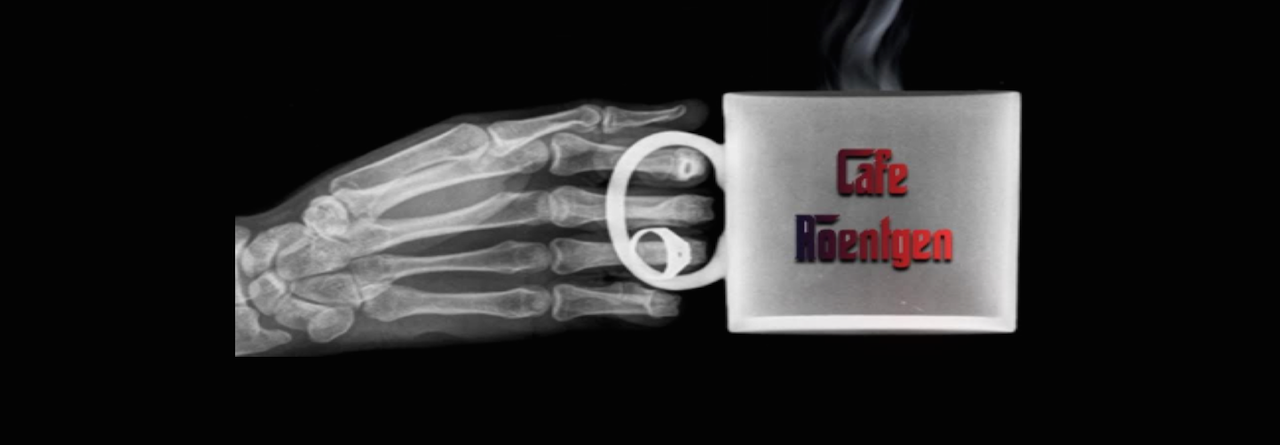CHARACTERIZATION OF RENAL MASSES Many renal cell carcinomas (RCCs) are detected incidentally on imaging. Certain definite benign lesions on CT for which additional imaging is not necessary: On contrast CT: Homogeneous lesions with density less than 20 HU are benign On non-contrast CT: Homogeneous lesions with density less than 20 HU, or lesions with density …
Continue reading Approach to renal lesions: Dr Veena Iyer’s talk

